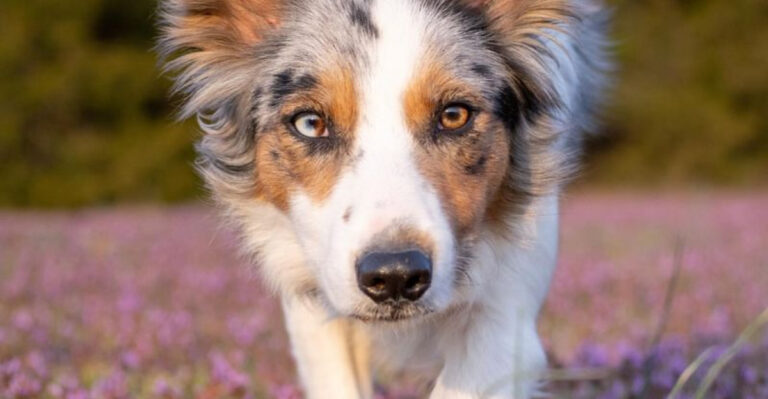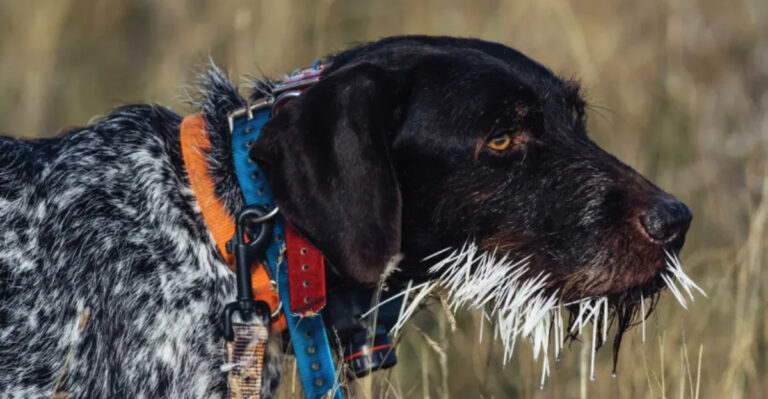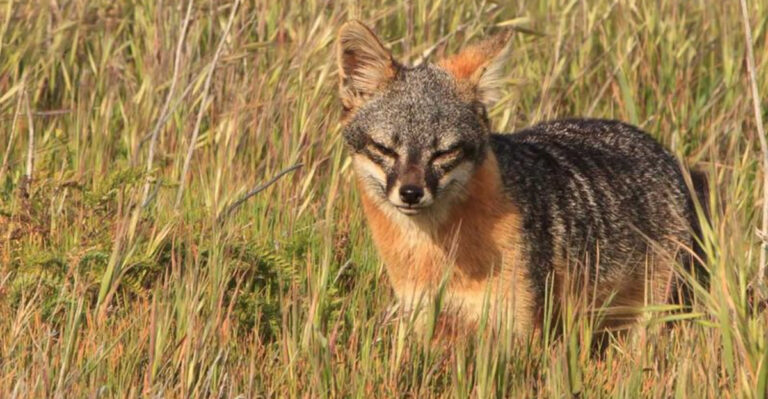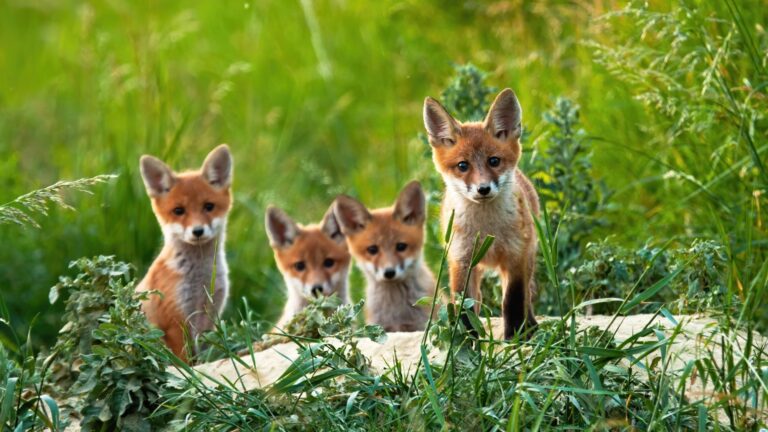14 Most Lethal Forest Animals In The Pacific Northwest
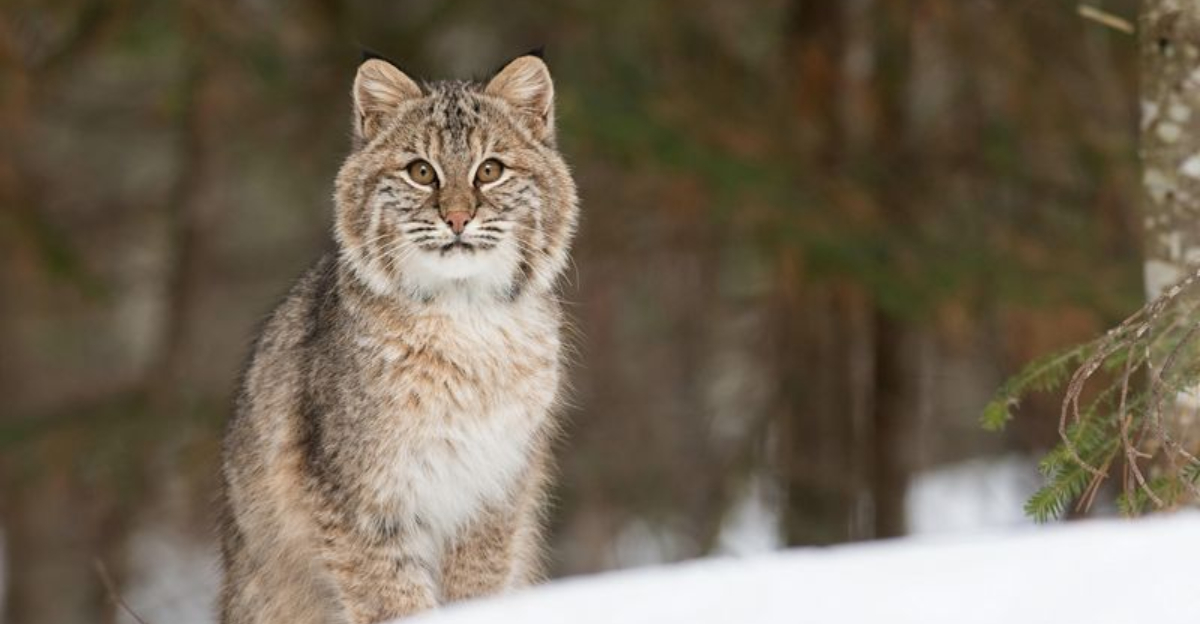
The Pacific Northwest’s lush forests hide more than just breathtaking scenery – they’re home to some truly dangerous creatures. From venomous spiders to massive predators, these animals demand our respect when we venture into their territory.
While human encounters are rare, knowing which creatures pose potential threats could save your life during your next wilderness adventure.
1. Grizzly Bear: Forest’s Powerful Sovereign
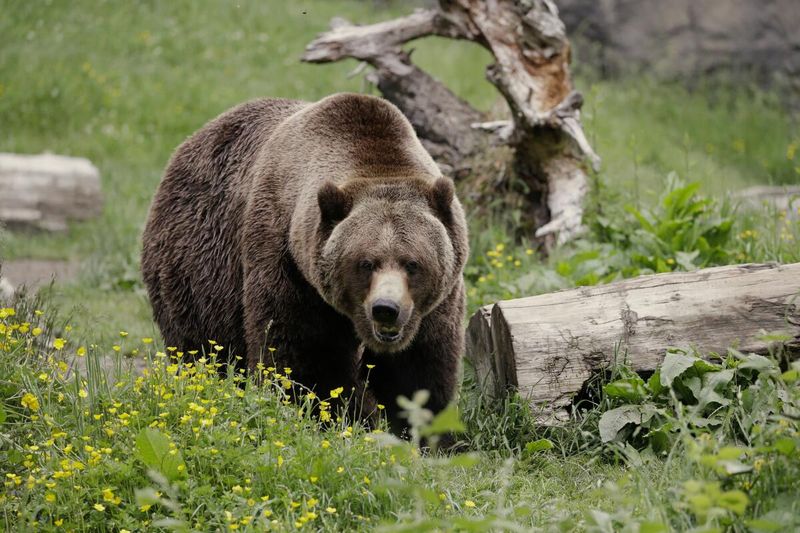
Standing up to 8 feet tall and weighing over 800 pounds, grizzlies possess strength that can crush bones with a single swipe. Their massive paws harbor 4-inch claws that slice through flesh with terrifying ease.
Despite their bulk, these bears can sprint at 35 mph – faster than Olympic sprinters. Most attacks occur when mothers feel their cubs are threatened, triggering their ferocious protective instincts.
2. Mountain Lion: Silent Stalker Of The Shadows
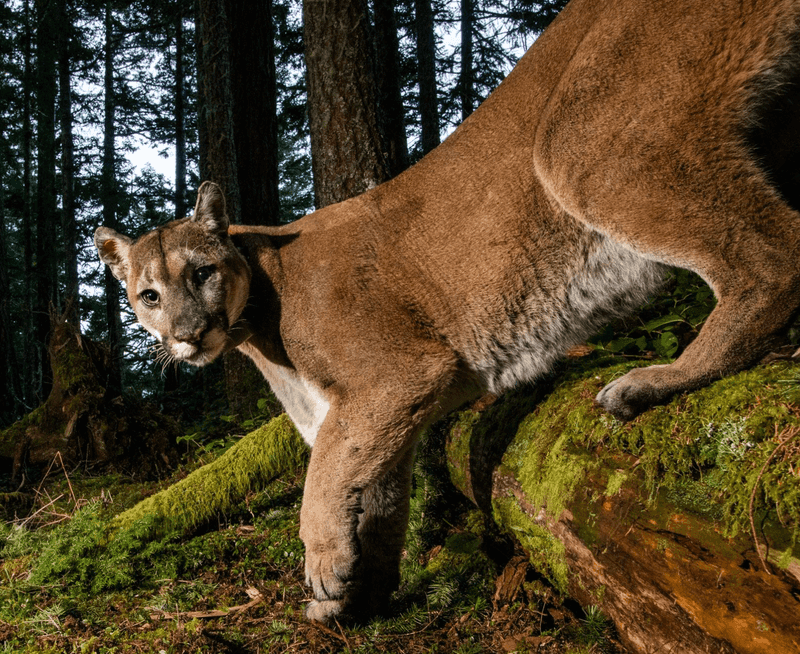
Tan-colored and stealthy, mountain lions track prey for miles before launching ambush attacks from hidden perches. Their powerful jaws can crush vertebrae instantly, while razor-sharp retractable claws secure struggling victims.
Unlike bears, mountain lions actively hunt humans on rare occasions. They’re masters of stealth – you’ll rarely spot one before it’s already watching you from the perfect striking position.
3. Western Rattlesnake: Venomous Warning System
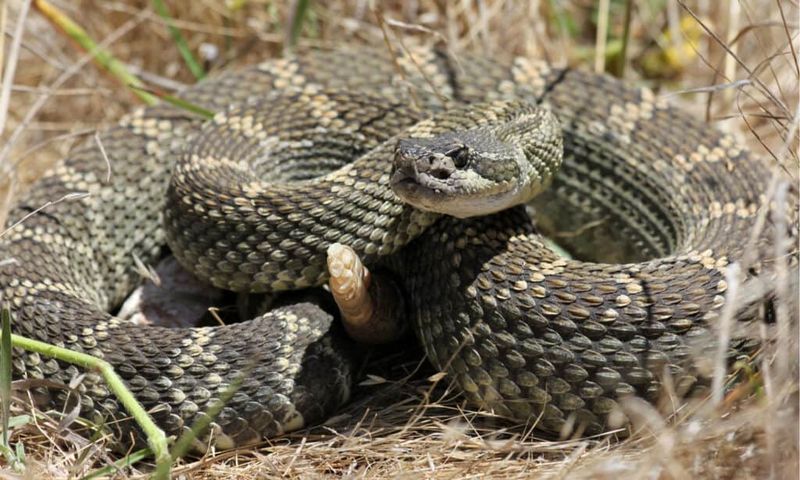
Camouflaged perfectly against forest floors, the Western Rattlesnake delivers hemotoxic venom that destroys tissue and prevents blood clotting. The distinctive rattle serves as nature’s warning system, but young snakes may strike without this courtesy.
While rarely fatal to adults, bites require immediate medical attention. These ambush predators hide beneath logs and rocks, striking with lightning speed when threatened or hunting small mammals.
4. Black Widow Spider: Red-Marked Assassin
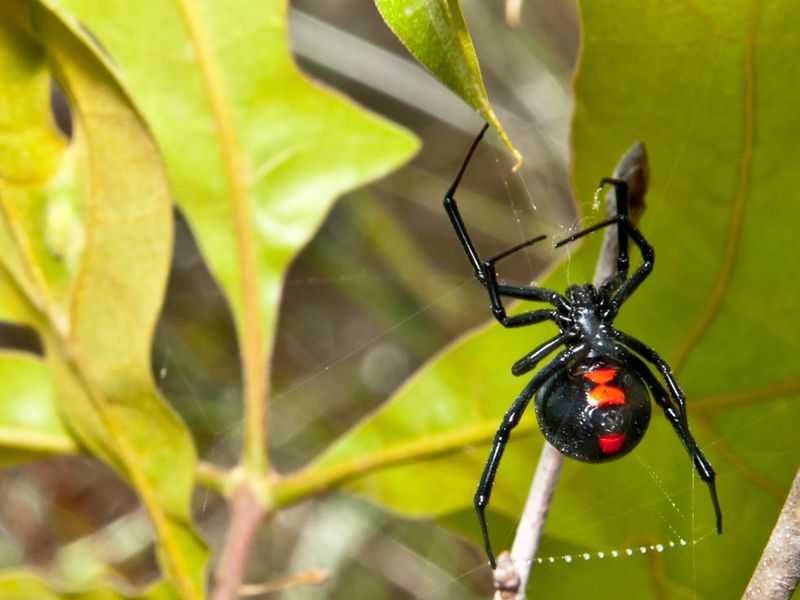
Recognizable by the red hourglass marking on its abdomen, the black widow delivers neurotoxic venom 15 times stronger than a rattlesnake’s. These glossy black arachnids construct tangled webs in dark, secluded areas of the forest.
Females are particularly dangerous, especially when guarding egg sacs. Their venom attacks the nervous system, causing intense pain, muscle cramping, and in rare cases, respiratory failure if medical treatment isn’t sought quickly.
5. Roosevelt Elk: Deceptively Dangerous Giant
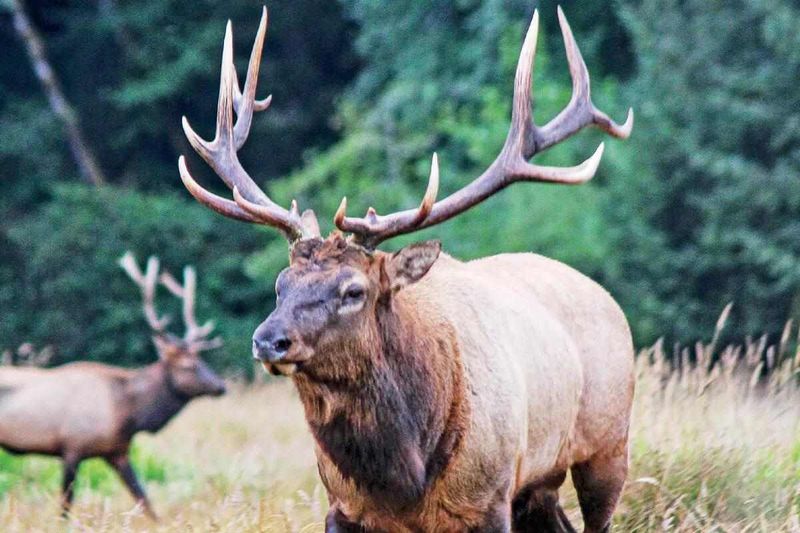
Don’t let their herbivore status fool you – Roosevelt elk are responsible for numerous wilderness injuries annually. Males weigh up to 1,100 pounds and wield massive antler racks capable of impaling threats.
During rutting season, testosterone-fueled bulls become unpredictably aggressive, charging without provocation. Females fiercely protect calves, using their sharp hooves to stomp predators. Their seemingly docile nature lures humans into a false sense of security.
6. Western Black-Legged Tick: Tiny Disease Vector

No bigger than a sesame seed, these parasites transmit Lyme disease, babesiosis, and anaplasmosis with a single bite. They quest patiently on forest vegetation, grabbing onto passing mammals with specialized sensing organs.
Once attached, they’re nearly painless, allowing them to feed undetected for days. Left untreated, tick-borne diseases can cause chronic joint pain, neurological damage, and even death in vulnerable individuals.
7. Hobo Spider: Misunderstood Web Weaver
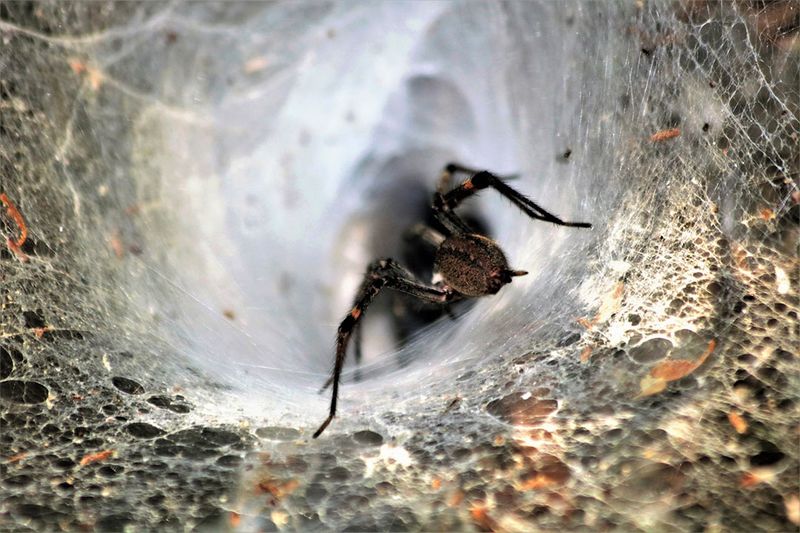
Found throughout Pacific Northwest forests, hobo spiders construct funnel-shaped webs at ground level. Their brown bodies blend perfectly with forest litter, making them nearly invisible until disturbed.
While their dangerous reputation is somewhat exaggerated, their bites can cause painful necrotic lesions in some individuals. Forest campers often encounter them when placing sleeping bags or tents over their hidden webs.
8. Gray Wolf: Returning Apex Predator
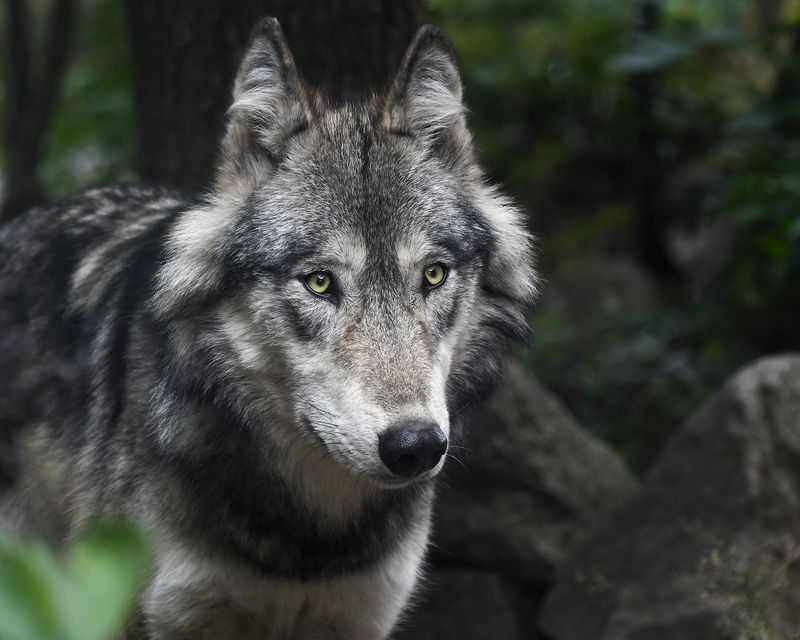
After near extinction, gray wolves have reclaimed territories throughout Pacific Northwest forests. Hunting in coordinated packs, they can bring down prey many times their size through strategic teamwork.
Their powerful jaws exert 1,500 pounds of pressure per square inch – enough to crush moose femurs. While wolf attacks on humans remain extremely rare, their growing numbers increase encounter possibilities in remote wilderness areas.
9. Yellow Jacket Wasp: Aggressive Colony Defender
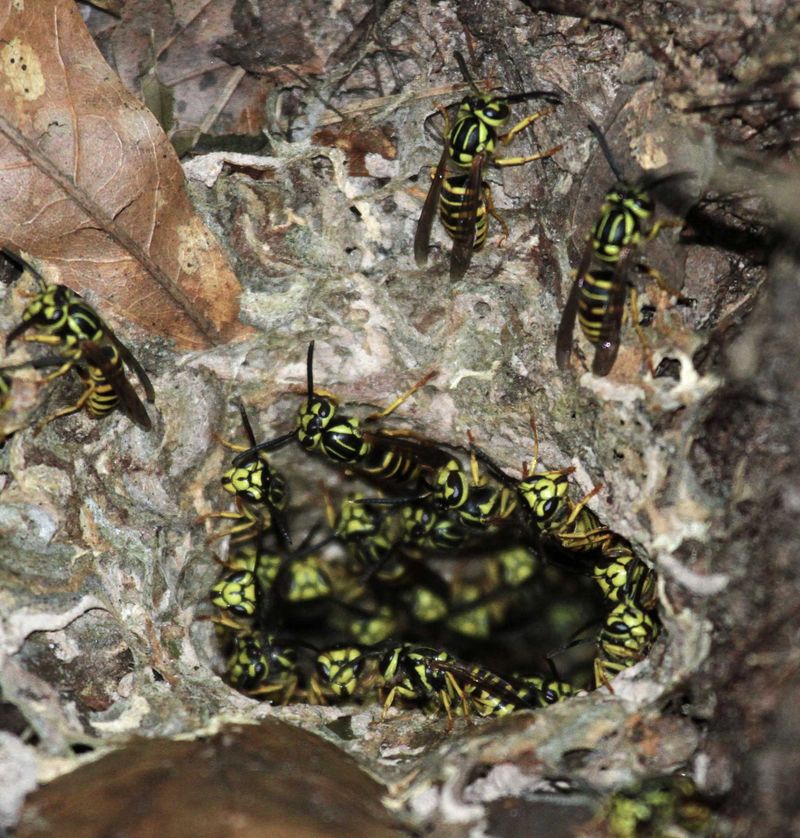
Underground yellow jacket nests contain thousands of aggressive defenders capable of delivering multiple painful stings. Unlike honeybees, these wasps don’t lose their stingers, allowing repeated attacks that inject venom directly into victims.
For allergic individuals, even a single sting can trigger anaphylactic shock within minutes. Colonies become particularly aggressive in late summer when resources dwindle and colony protection instincts peak.
10. Northern Pacific Rattlesnake: Heat-Sensing Hunter
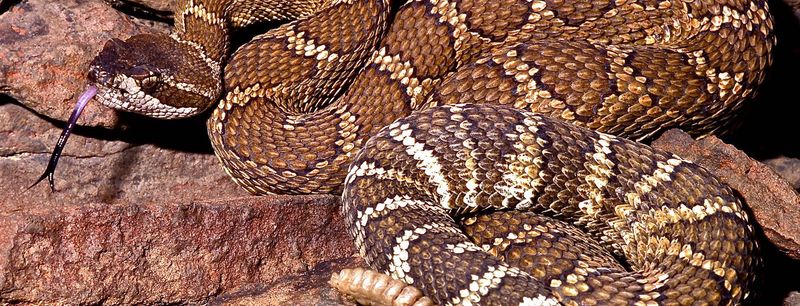
Specialized heat-sensing pits allow these rattlesnakes to detect warm-blooded prey with pinpoint accuracy, even in complete darkness. Their potent venom contains cocktails of enzymes that break down tissue and prevent blood clotting.
Adults typically deliver warning rattles before striking, but juveniles often strike silently. They frequently bask on sun-warmed trails and rocks, creating dangerous surprise encounters with hikers.
11. American Black Bear: Opportunistic Omnivore

Though less aggressive than grizzlies, black bears still possess incredible strength and sharp claws that can disembowel prey with a single swipe. Their remarkable sense of smell detects food from miles away, often leading to dangerous human encounters.
Mothers with cubs represent the greatest threat, displaying surprising speed and aggression when offspring appear threatened. Habituated bears that associate humans with food become particularly dangerous and unpredictable.
12. Pacific Giant Salamander: Toxic Amphibian Surprise
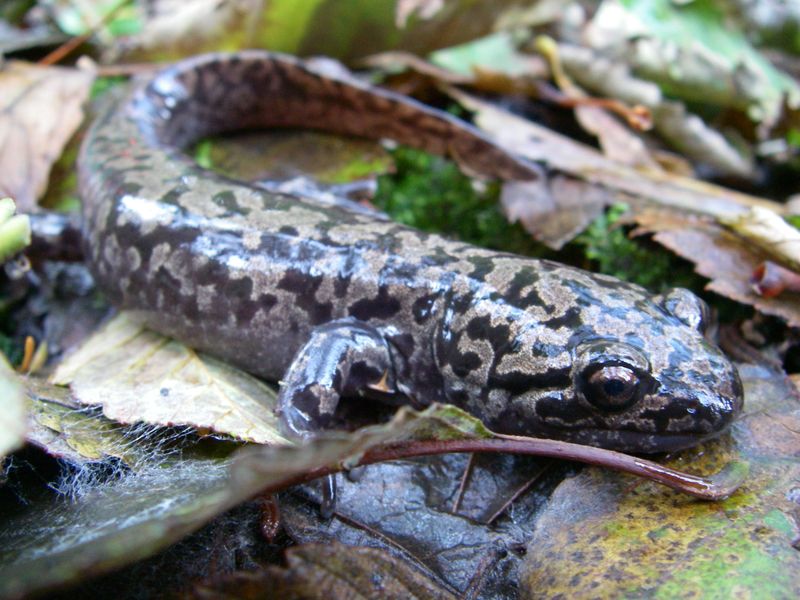
Growing up to 13 inches long, these secretive amphibians secrete potent neurotoxins through their skin when threatened. Handling them with cuts or abrasions allows toxins to enter the bloodstream, potentially causing respiratory distress.
Their powerful jaws can deliver surprisingly painful bites when cornered. Forest explorers often encounter them unexpectedly when turning over logs or rocks, putting themselves at risk of toxic exposure.
13. Wolverine: Pound-For-Pound Forest Fury
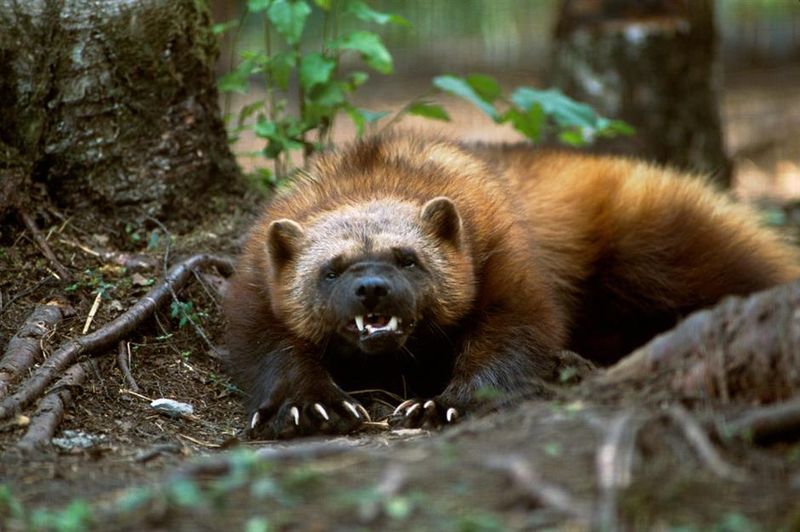
Don’t let their medium size fool you – wolverines possess strength and ferocity disproportionate to their 30-pound frames. Their powerful jaws and semi-retractable claws tear through flesh and bone with ease.
Known for their relentless aggression, wolverines have been documented driving bears and mountain lions from kills. Extremely territorial, they’ll attack creatures many times their size when threatened, including humans who venture too close to dens.
14. Bobcat: Stealthy Ambush Expert
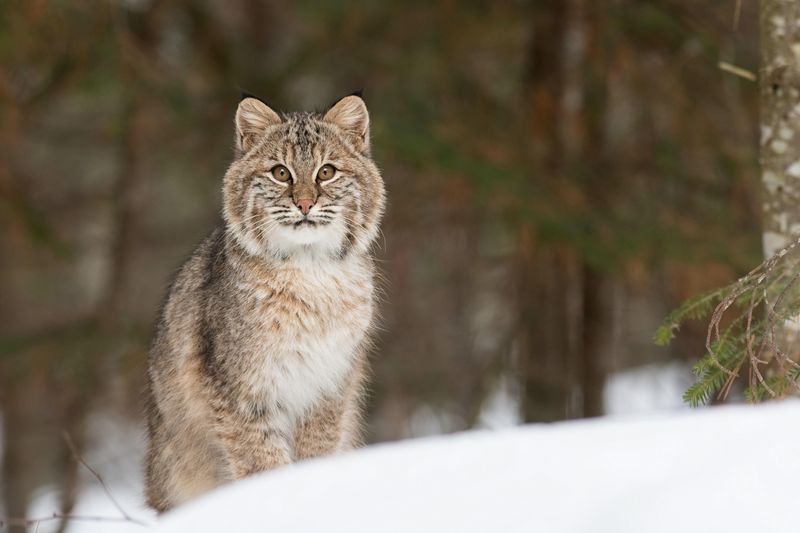
Twice the size of house cats with tufted ears and powerful builds, bobcats silently stalk prey through dense underbrush. Their incredible jumping ability – up to 12 feet horizontally – makes escape nearly impossible once they’ve committed to an attack.
Though rarely targeting humans, cornered or diseased bobcats become unpredictably dangerous. Their razor-sharp claws and teeth can inflict serious wounds, and some individuals carry rabies, adding disease risk to physical injuries.

